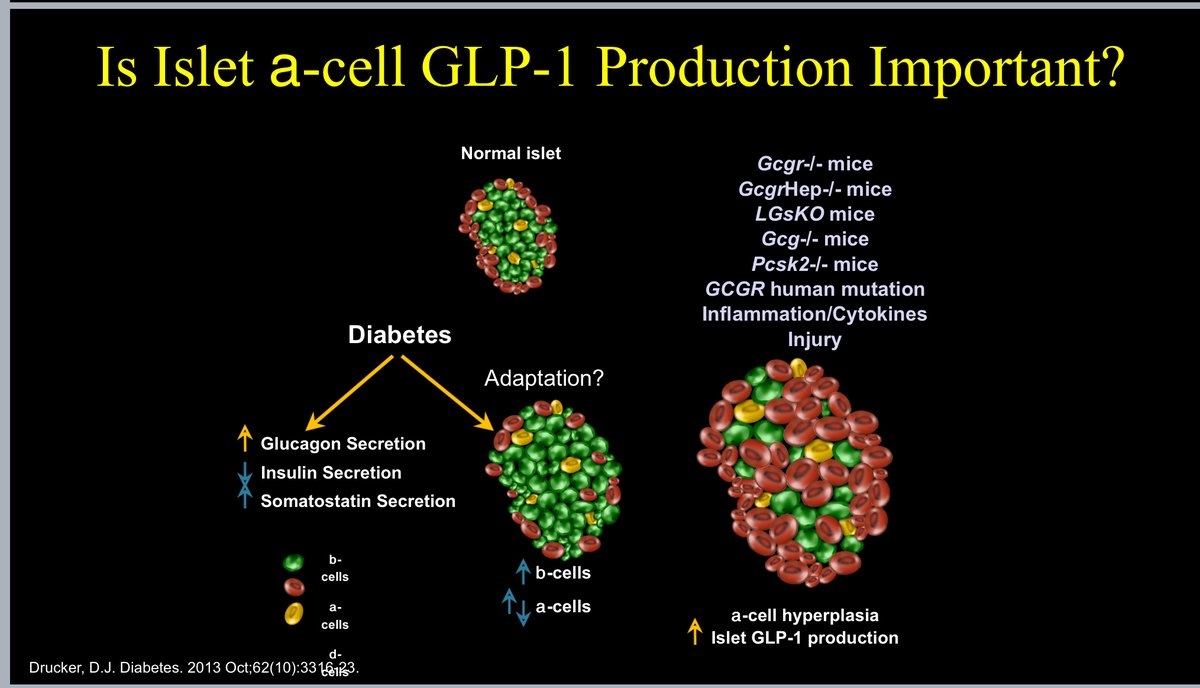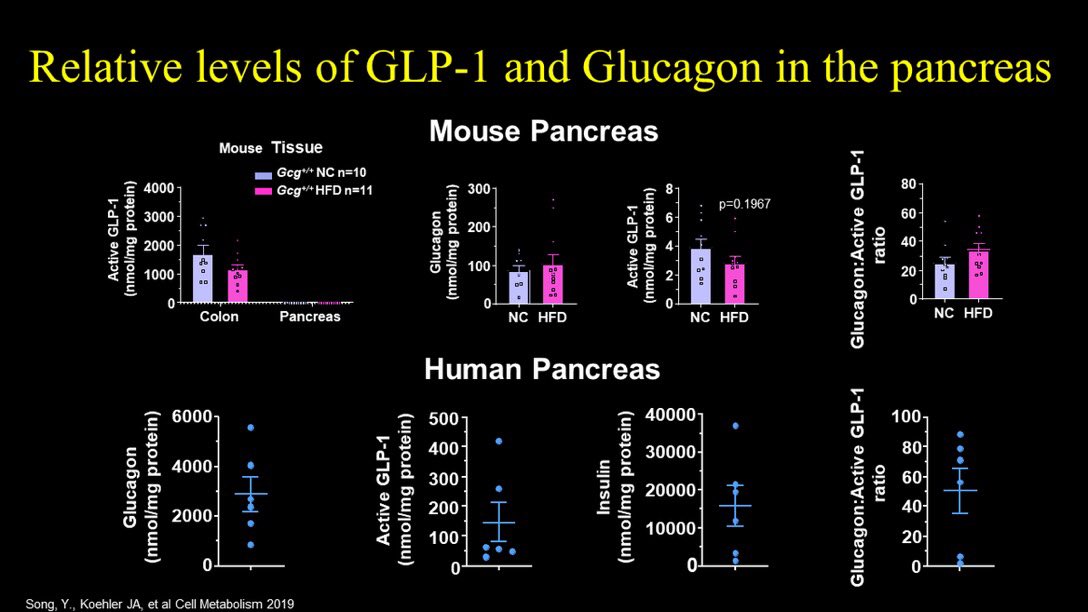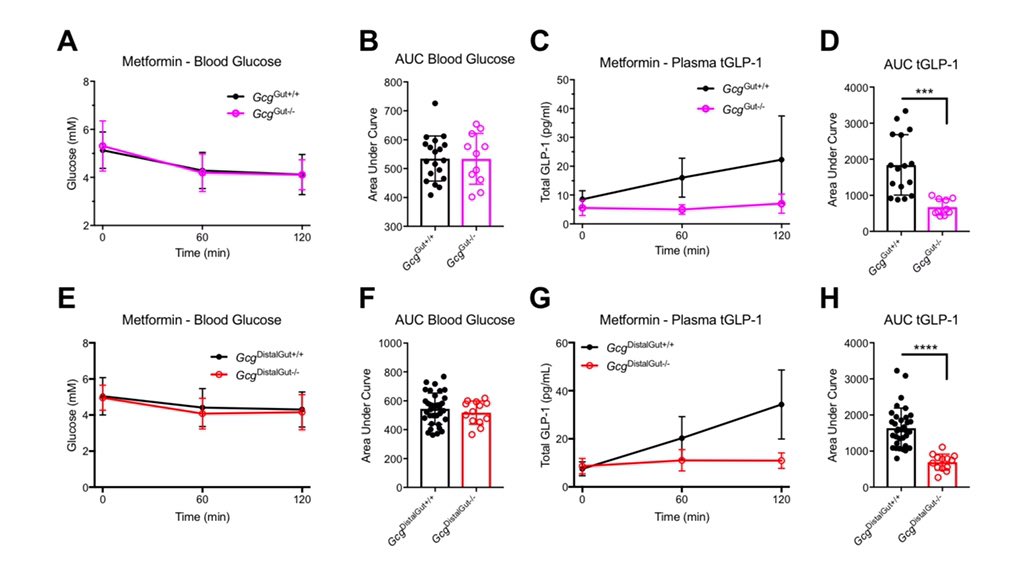You don& #39;t have to be a wise, simple, quarrelsome or disinterested student of GLP-1 to know that after 35 years, many controversies and questions abound. The holidays are a time to relax, recline and ask questions
So lets think about these questions a bit more in the context of some recent experiments from @BrandonPanaro and colleagues @SinaiHealth @uoftmedicine When you sit down for that holiday meal, where does the GLP-1 come from? @MolMetab https://www.sciencedirect.com/science/article/pii/S2212877820300648">https://www.sciencedirect.com/science/a...
Lots of evidence indicates that the pancreas can upregulate the synthesis of bioactive GLP-1. Is this physiologically relevant? It can be difficult to tell with certainty
Very clear that the pancreatic GLP-1 receptor plays an important role regulating insulin secretion, likely through local glucagon, and possibly via islet GLP-1, in some situations @DarleenSandoval @JCampbellLab https://www.cell.com/cell-metabolism/fulltext/S1550-4131(17)30098-0?_returnURL=https%3A%2F%2Flinkinghub.elsevier.com%2Fretrieve%2Fpii%2FS1550413117300980%3Fshowall%3Dtrue#.XpBL-WIVjsg.twitter">https://www.cell.com/cell-meta...
So we know that glucagon defends against #hypoglycemia but also promotes meal-stimulated #insulin secretion under conditions of excess glucose and amino acids https://diabetes.diabetesjournals.org/content/69/4/532">https://diabetes.diabetesjournals.org/content/6...
Of course, this concept of insulinotropic glucagon has been demonstrated decades early by many masters of #islet biology, however recent studies bring some new molecular tools to examine the question https://diabetes.diabetesjournals.org/content/47/1/66 ">https://diabetes.diabetesjournals.org/content/4...
Very clear that some bioactive GLP-1 is also made in the “normal” mouse and human pancreas, amounts are low, depend on context and assay(s) used for detection https://www.ncbi.nlm.nih.gov/pubmed/31495689 ">https://www.ncbi.nlm.nih.gov/pubmed/31...
Mouse genetics also reveals that majority of circulating bioactive GLP-1 comes from the gut, both in the fasting state and after oral glucose challenge, contributions from both proximal and distal GI tract https://www.cell.com/cell-metabolism/fulltext/S1550-4131(19)30438-3?_returnURL=https%3A%2F%2Flinkinghub.elsevier.com%2Fretrieve%2Fpii%2FS1550413119304383%3Fshowall%3Dtrue#.XpBWqWNEvNM.twitter">https://www.cell.com/cell-meta...
Here we examined where plasma GLP-1 comes from in acute studies w oral olive oil, oral GPR119 agonism, oral metformin, MC4R agonism, and LPS. So the distal gut is more important for GLP-1 responses to the pharmacoligical non nutrient stimulants @MolMetab https://www.sciencedirect.com/science/article/pii/S2212877820300648">https://www.sciencedirect.com/science/a...
And about metformin-the distal gut seems to be key for most of the acute plasma GLP-1 response, yet low doses of metformin that do not increase plasma GLP-1 levels still nicely lower glucose, and improve glucose tolerance, as many might predict @MolMetab

 Read on Twitter
Read on Twitter








